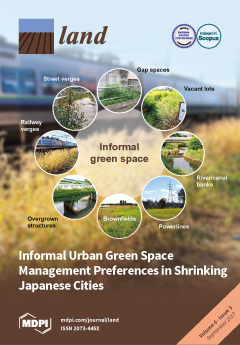Historisch grondgebruik Nederland: grondgebruik rond 1970 in 500 meter grids
Voor toepassing in landelijke modellen bij het Milieuplanbureau is voor de periode rond 1970 een GIS-bestand met grondgebruik ontwikkeld met een resolutie van 500-metergrids. De basisgegevens hiervoor zijn ontleend aan de topografische kaarten die rond 1970 zijn verschenen. Met een automatische classificatie zijn kaartkleuren omgezet naar tien legenda-eenheden. Onderscheiden zijn akker, gras, heide en hoogveen, bos, bebouwd gebied en wegen, zoet en zout water, kassen, vliegvelden en kale grond. Het resultaat is een landsdekkend bestand van Nederland met dominant grondgebruik rond 1970.


